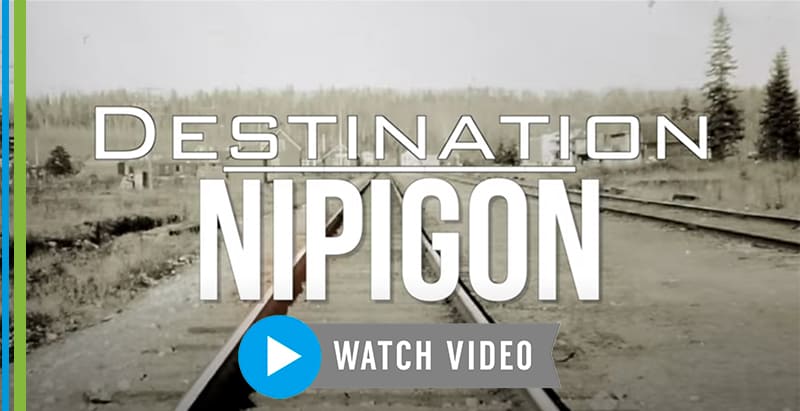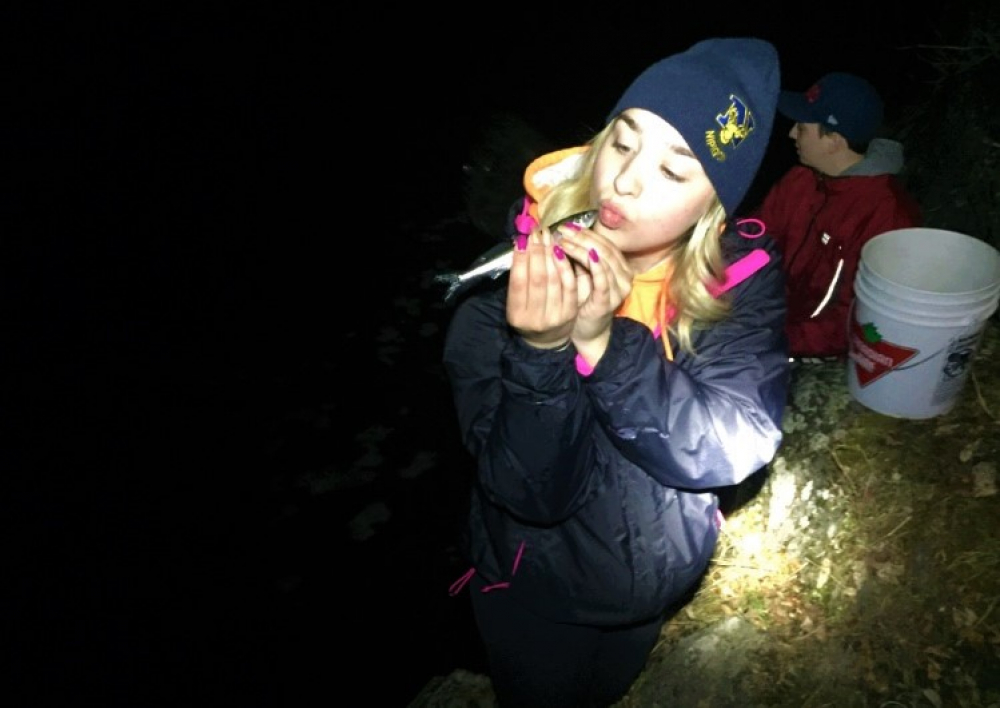Smelts are sensitive to temperature and light, which is why you catch them at night, usually between 11:30 am and 2 am. I try to go smelting at least once a year, particularly for the social aspect of the evening. This year I went with two friends and my brother. We used the good ol’ word of mouth to know exactly when and where the smelts were running thick. Ozone was our sweet spot this year and thankfully Bailey and Kylie were well prepared with a net and bucket. We were only there for about 20 minutes and had no problem filling the bucket.

A common question non-smelters ask is “What do you do with them?”. The answer is, a lot! You clean and eat them. Many would agree the cleaning is the worst part, but I’ve been told the easiest way to do this is by using a pair of kitchen scissors, cutting off the heads and slitting them along the belly. Run your fingernail along the backbone from the inside and remove any blood and wash them off. Many people will fry them up fresh like this in butter, and some will coat them in flour then fry. If you’re not into eating smelts, you can also freeze them and use them as bait for fishing.

I have very vivid childhood memories of going smelting at Kama with my Uncle Chris and Dad, just long enough for one of us kids to fall trying to hand catch a smelt, resulting in a frozen, wet, crying child. This seemed to happen every year without a doubt, but it was all part of the tradition. It wasn’t a successful smelting trip unless a kid was crying by the end. It’s also a well-known tradition that when you catch your first smelt, you need to bite the head off. It tastes just like sushi!

I had an awesome night smelting, and can’t wait until next year. If you are new to the area and aren’t sure where or when to go, just ask around. Most smelters would be happy to show you the ropes.
Until next time, exploring the edge.






